

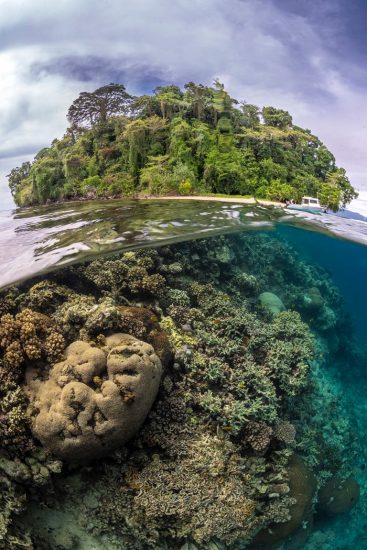
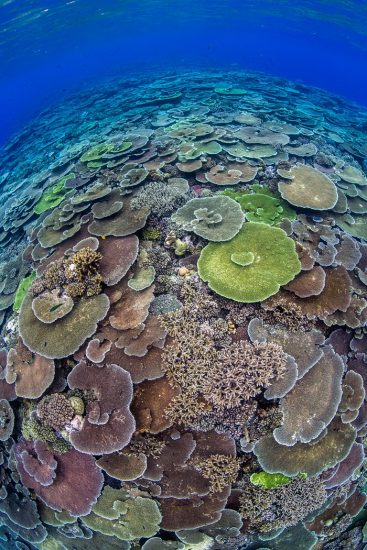
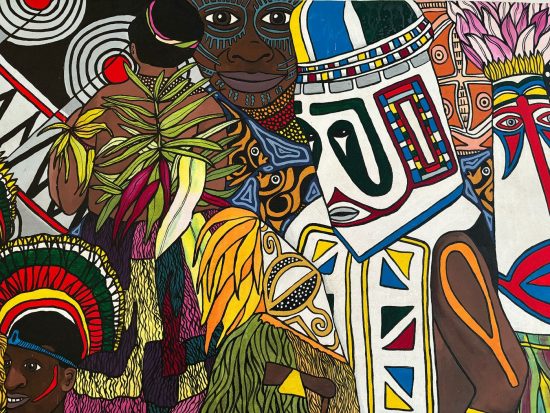
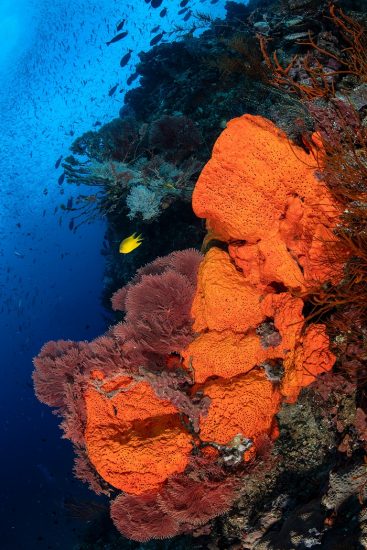
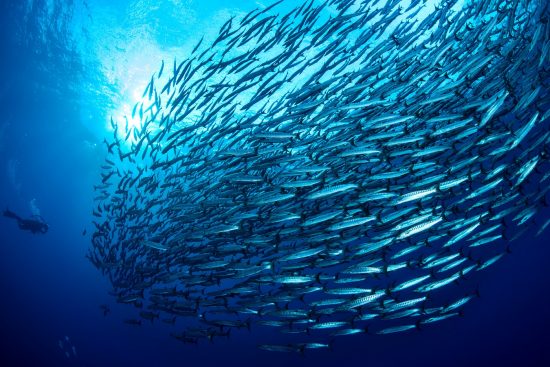
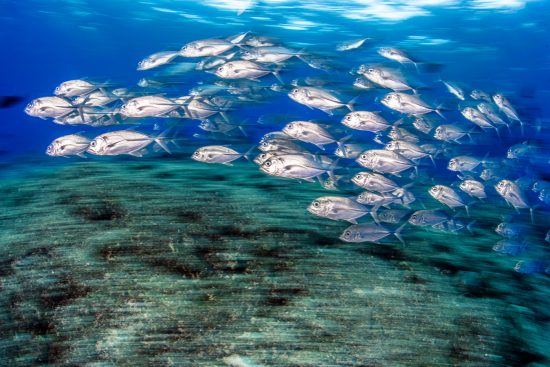
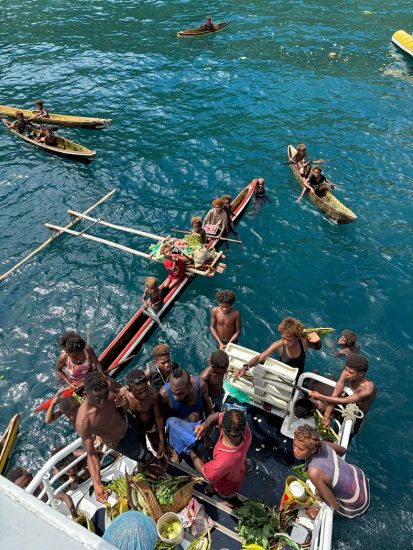
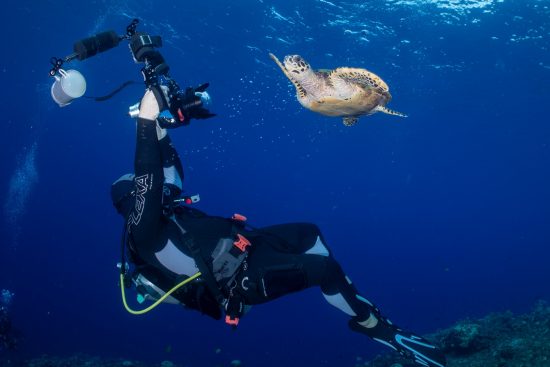
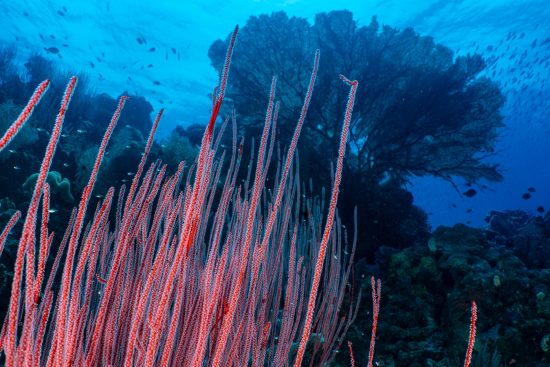
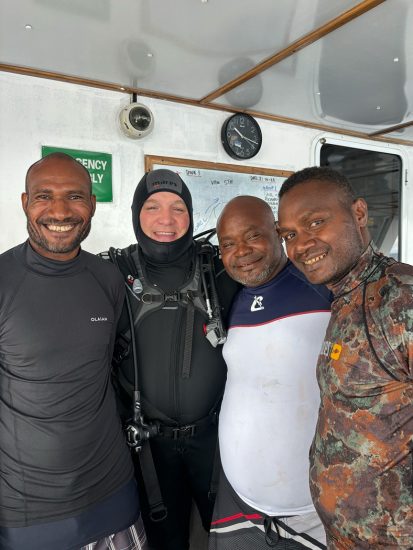
November 2023 saw me heading off on a real adventure, destined for one of the most amazing countries to visit in the world: Papua New Guinea. If you are after a destination that feels like you’ve travelled as far away from home as possible, then PNG is a must – both in terms of travel time and more importantly the culture, the landscape and the atmosphere of the place.
PNG is remote and wild, with many isolated indigenous communities and famously, at least 839 distinct languages native to the country. Although given historical links with Australia, English is very widely spoken and most people have English names. That said, many communities live without money, growing, farming and fishing for what they need and trading with their neighbours. Culturally, these isolated communities have all developed their own rituals and costumes, making PNG feel not just like another country, but more like another galaxy.
Oh, and it is also far, far away. Not only is PNG remote, sitting above north-eastern Australia, it is also hard to reach and challenging to travel within. That’s the price you pay in a country without mass tourism. There are a limited selection of flights into the country, I flew via Singapore and then Manila, and the domestic fleet of planes is aging, so many of the internal flights are currently cancelled or delayed. New planes are on the way.
When you want to visit PNG, your resort or liveaboard has to write a letter to the government to sponsor your tourist visa, and you can’t get onto a plane to PNG without all this paperwork in place. The massive positive of all this rigmarole is an experience that feels candid and not sanitised for tourism and wild nature everywhere. Just walking to breakfast on my first morning, I turned at the sound of wings rasping at the air to see a huge hornbill, reminiscent of the flying beasts of Avatar, soaring just over my head beneath the mighty forest trees, and those trees were covered in a thousand other plants with the most exotic bird calls ringing out. This wonder, naturally, continues underwater.
I was visiting the large island of New Britain, that sits north of the mainland, and started my adventure at the historic and elegant Walindi Plantation Resort. Kimbe Bay has some of the prettiest reefs anywhere, and the colourful scenery, dominated by red whips, huge orange sponges and scarlet sea fans is instantly distinct from anywhere else I have dived in the coral triangle.
The majority of my trip was on the fabulous new liveaboard MV Oceania, exploring the offshore waters of outer Kimbe Bay, Lolobau Island, Fathers Reef, the Vitu Islands and more. This is a huge area with seemingly endless diving opportunities, and the typically calm seas of the (Northern Hemisphere) in autumn mean it's the perfect time for this itinerary. The route mainly visits submerged seamount reefs, rising as large underwater coral pinnacles, each with a different character. Schooling fish abound - great swirls of blackfin barracuda inhabit most sites, as do gangs of bigeye trevally and reactive shoals of fusiliers. The reefs vary, some are rich in pristine hard corals, others covered in colourful soft corals, and provide habitat for favourites like anemonefish, hawksbill turtles and a host of macro species. Moorings have been installed on all the sites, so the liveaboard can just float above the reef. We never had to dive from the pangas and could just step off the back deck into paradise.
The skyline is dominated by the forested volcanic islands. Many of the volcanos are still active, and during the day you may see puffs of ash and, at night, the faint glow of lava. One of the most amazing locations we visited was Garove Island which is a collapsed volcanic cone which the sea has flooded through a narrow entrance, creating an amazingly sheltered embayment several kilometres across. Inside the volcano, the boat offers both muck diving and blackwater diving, all within a secret Bond-villain location, because if you look it up on Google maps, the island is drawn as solid land!
Another appeal of this destination is that you just don’t see any other boats and certainly no other divers, save for the dug-out canoes of the villagers who paddle out to greet and trade produce with our liveaboard, meaning essential supplies for them and the freshest produce for our dinner. Generally, a few men from each village come out to trade, as well as all the children on their own canoes, eager to have a look at the visitors.
If you are a regular reader of this blog, you’ll know that I am fortunate to travel widely and regularly. Papua New Guinea stands apart. Fabulous diving, but in our culturally homogenised world, this was an experience that felt like I had really gone somewhere.
 Alex
Alex 11th January 2024
11th January 2024